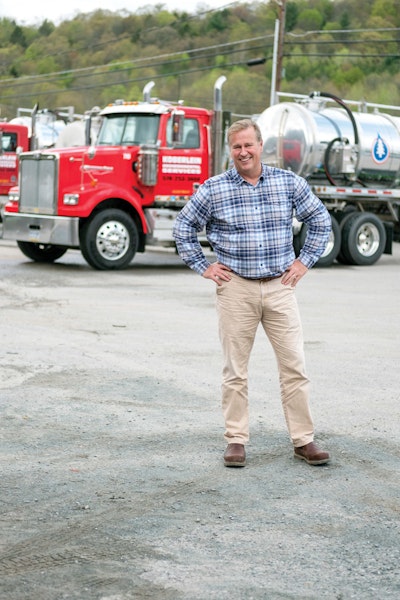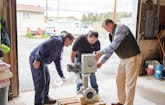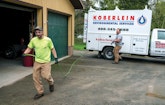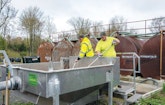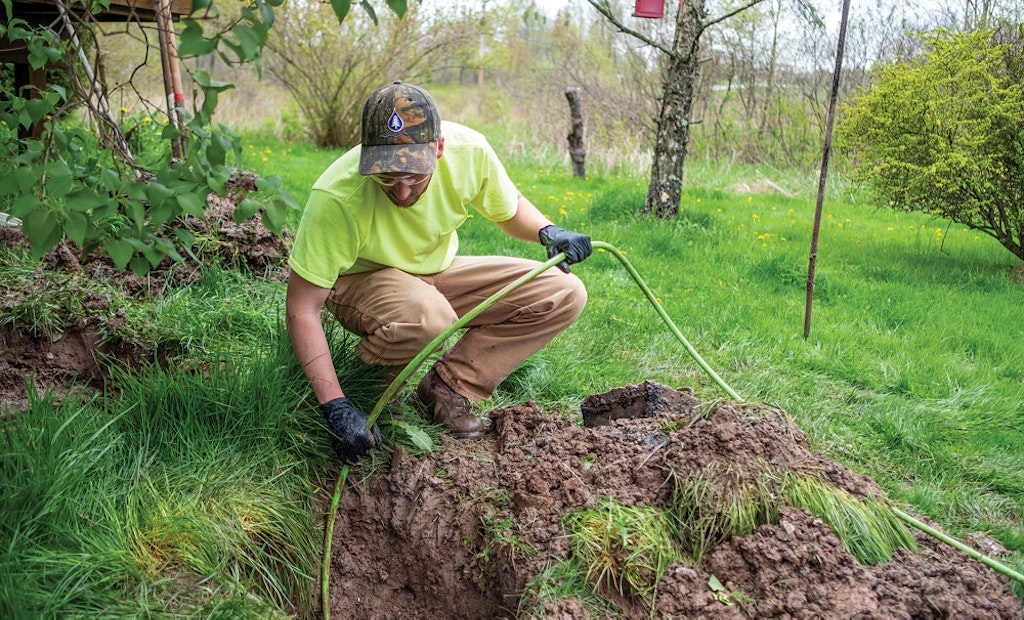
Matt Thompson cleans the line to a septic tank before inspecting a customer’s system for needed repairs.
There are many ways to build a successful company. At Koberlein Environmental Services, the formula includes a strong emphasis on diversified services and efficiency-enhancing technology, coupled with a slow-growth philosophy that enables the company to remain focused on quality...
